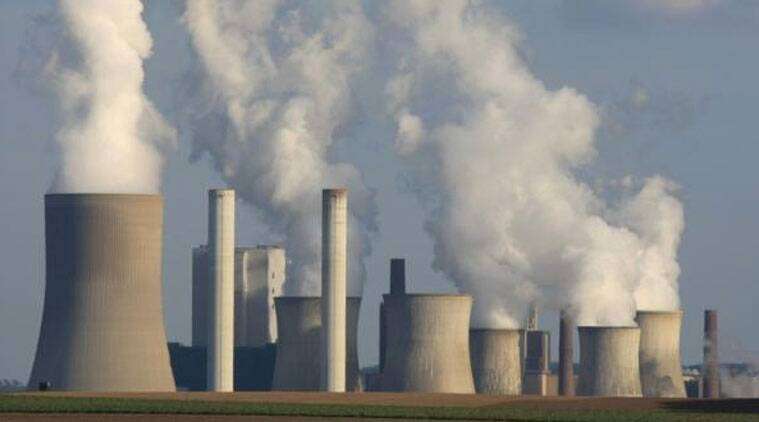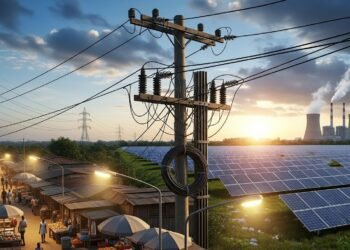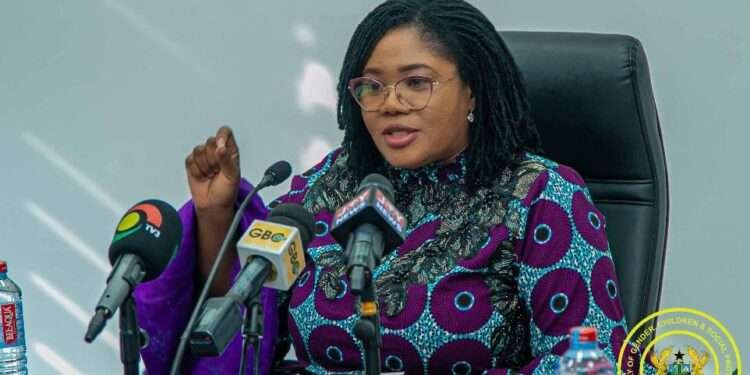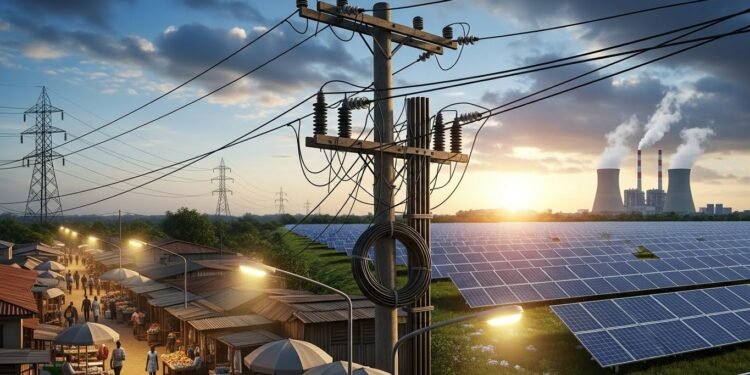With as many as 32 countries currently operating nuclear power, 90 per cent of the growth of nuclear energy capacity between 2020 and 2050 will occur in developing economies with China leading the growth.
Given this statistics, nuclear energy will provide about ten per cent of the energy needed by China by 2060, which is up from four per cent today, Peter Fraser, an IEA expert said at a virtual event today, June 13, 2022.
Beside this, nuclear power makes a huge contribution in providing stability to a carbon neutral power system in China in 2060, Mr Fraser highlighted. “It’s that kind of central system service that nuclear can play a big role in, even in a system dominated by wind and solar.”
The International Atomic Energy Agency (IAEA) Director, General Rafael Mariano Grossi was joined by experts and other representatives from Indonesia, the holder of the G20 Presidency to showcase the importance of nuclear power in the clean energy transition.
Other representatives from countries that joined the summit were South Korea and the United Arab Emirates, who met to discuss the role of nuclear technology in achieving net zero and sustainable development goals.
Achieving Global Agreement
The virtual event Nuclear Potentials in the Energy Transitions, co-organized by the IAEA and the Indonesia as part of the G20 webinar series, helps to highlight the work of the G20 Energy Transition Working Group (ETWG). This is aimed at achieving a global agreement on the switch to sustainable energy during the G20 summit set for Bali, Indonesia, on November 15th to November 16th, 2022.
It featured IAEA and other experts on topics including emerging technologies, such as small modular reactors (SMRs), as well as Agency support to newcomer countries looking to add nuclear to their energy mix.
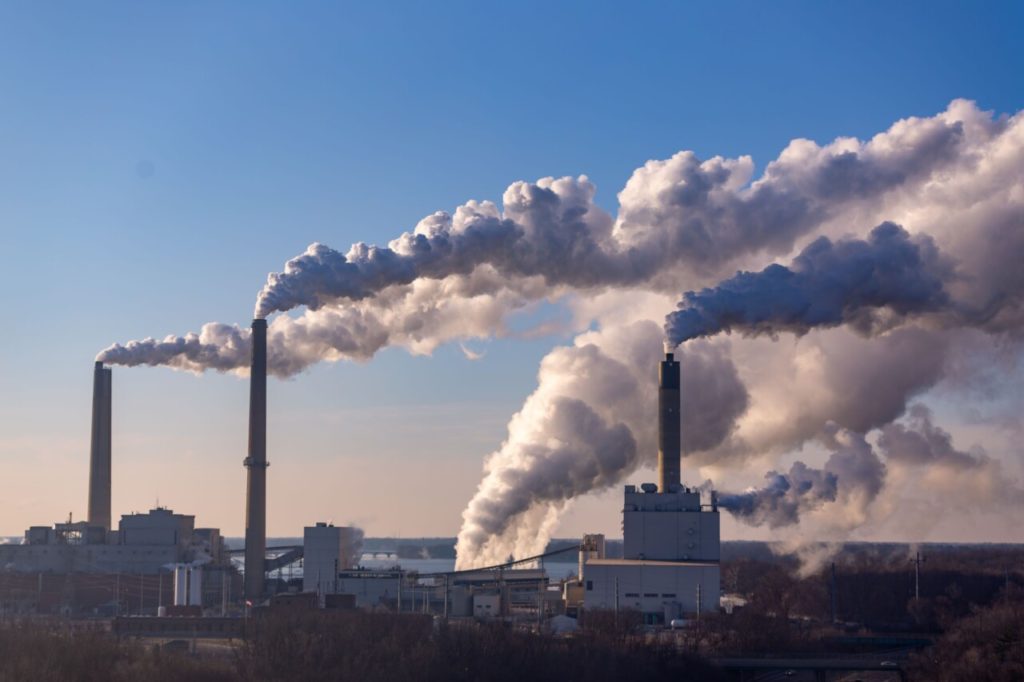
“Nuclear power is a proven resource,” Mr Grossi said in his keynote address, highlighting that over the past five decades it “has avoided about 70 giga tonnes of C02 and reduced the enormous number of deaths caused by air pollution.”
But nuclear can do more than keep the lights on, he added. “It can also reduce CO2 emissions generated by industry in non-electrical applications, such as hydrogen production, industrial steam, and water desalination.”
Nuclear Power Operated in Countries
Nuclear power is currently operated in 32 countries, providing about 10 per cent of the world’s electricity and about 25 per cent of its low carbon electricity. Some 441 reactors are in operation for a total capacity of almost 400 gigawatts. Fifty-three reactors are under construction in 17 countries, with China building the most reactors (15).
Studies by the International Energy Agency (IEA) indicate that global nuclear power capacity will need to double by 2050 if the world is to achieve the climate change goals of the Paris Agreement. Much of that expansion will need to come in newcomer countries, many of them in the developing world where the need for low carbon energy to power economic growth and development is acute, according to the IEA.
The IAEA plays a key role in supporting newcomer countries through its Milestones Approach in the development of infrastructure for a safe and sustainable nuclear power programme, including through regional technical cooperation projects, said Hua Liu, IAEA Deputy Director General and Head of the Department of Technical Cooperation.
Liliya Dulinets, Head of the IAEA’s Nuclear Infrastructure Section, said:
“In the first stage of a nuclear power implementation programme, it is very important to have very strong support from the government. Of course, that’s important during all the stages, but in the first stage it’s really very important.”
Liliya Dulinets
About 30 newcomers, including Indonesia, are either exploring or embarking on nuclear power and working with the IAEA, whose Integrated Nuclear Infrastructure Review (INIR) service helps to assess national efforts on developing nuclear infrastructure.
READ ALSO: Inflation Will Continue To Rise Unless Gov’t Reduces Taxes On Petroleum Products – Economist

